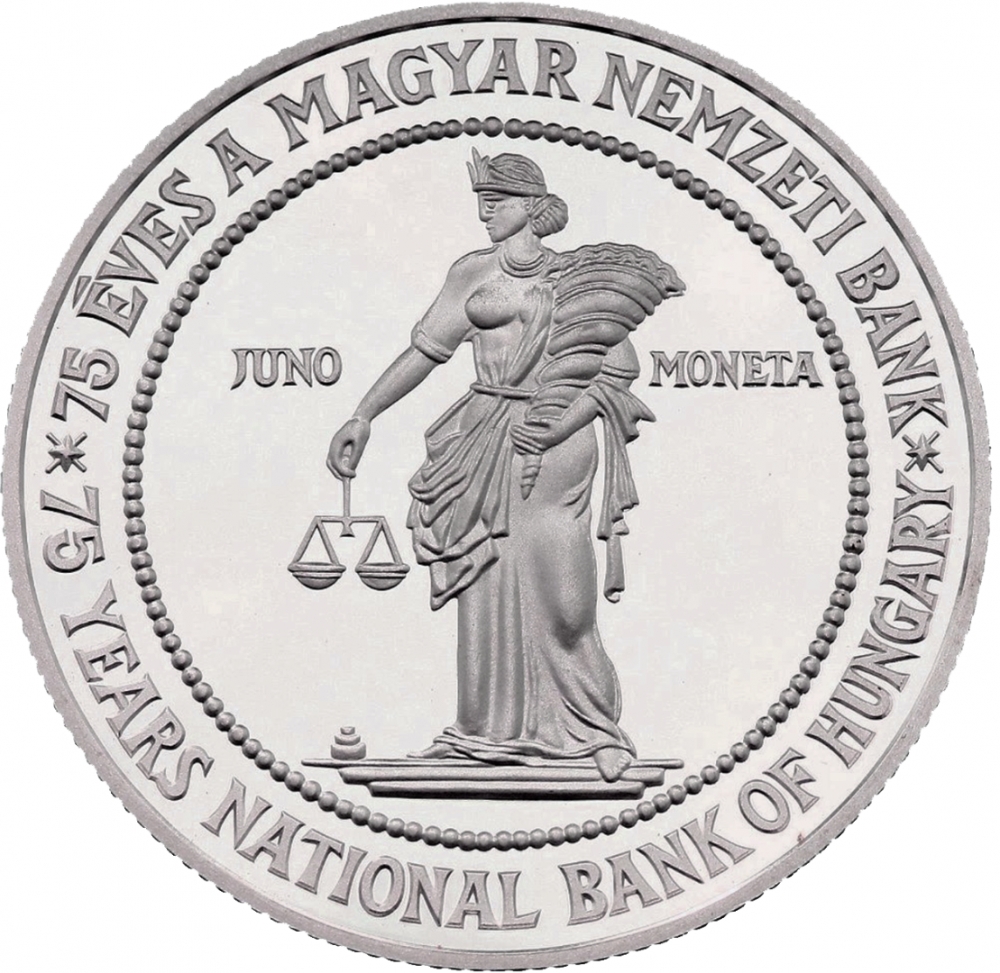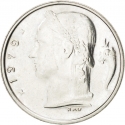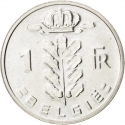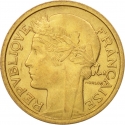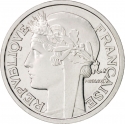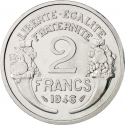You are about to finish your registration. Please check your mailbox (including spam folder). There should be a letter with a confirmation link. Check setting to make sure that your e-mail address is correct.
Send letter againDescription
Established in 1924 following the Austro-Hungarian Bank, with backing from the League of Nations' Economic and Financial Organization, the Magyar Nemzeti Bank, a member of the European System of Central Banks (ESCB), places a strong emphasis on international relations. It actively collaborates with global economic and financial institutions like the EU, IMF, OECD, and BIS. Its core objectives include ensuring price stability, managing the issuance of the Hungarian forint, regulating money supply, setting the Central Bank base rate, publishing official exchange rates, and overseeing foreign-exchange reserves and gold to influence exchange rates.
Originating from a stabilization loan facilitated by the League of Nations in 1923-1924, modeled after Austria's successful precedent a year prior, the Magyar Nemzeti Bank introduced the Hungarian pengő in 1927 to replace the korona.
During World War II and its immediate aftermath, the Magyar Nemzeti Bank struggled to maintain the value of the pengő, leading to the world's most severe hyperinflation episode in 1945-1946. Consequently, the bank introduced a new currency, the Hungarian forint, on August 1, 1946, and was subsequently nationalized by the end of 1947.
Engraver: György Kiss
Obverse

|
Depicts the ancient Roman goddess from mythology, Juno Moneta, with the words "JUNO" inscribed on the left side and "MONETA" on the right side, aligned horizontally. Surrounding the image in a circular fashion, Hungarian text appears at the top and English at the bottom. Each inscription on either side is punctuated by decorative marks. Completing the circle between the circular inscription and the central field is a series of bead decorations. 75 ÉVES A MAGYAR NEMZETI BANK |
|---|---|
Reverse

|
Depicts the coat of arms of the Republic of Hungary, beneath which lies the denomination. Positioned on the left side of the coat of arms is the year of minting, while the mint mark (BP) is located on the right side. Surrounding the edge in a circular fashion is the country's name, beneath which the engraver's privy mark (KYY) is placed. Each inscription on both sides is adorned with decorative marks. Situated between the circular inscription and the central field, forming a partial circle, is a series of bead decorations. MAGYAR KÖZTÁRSASÁG |
| Edge |
